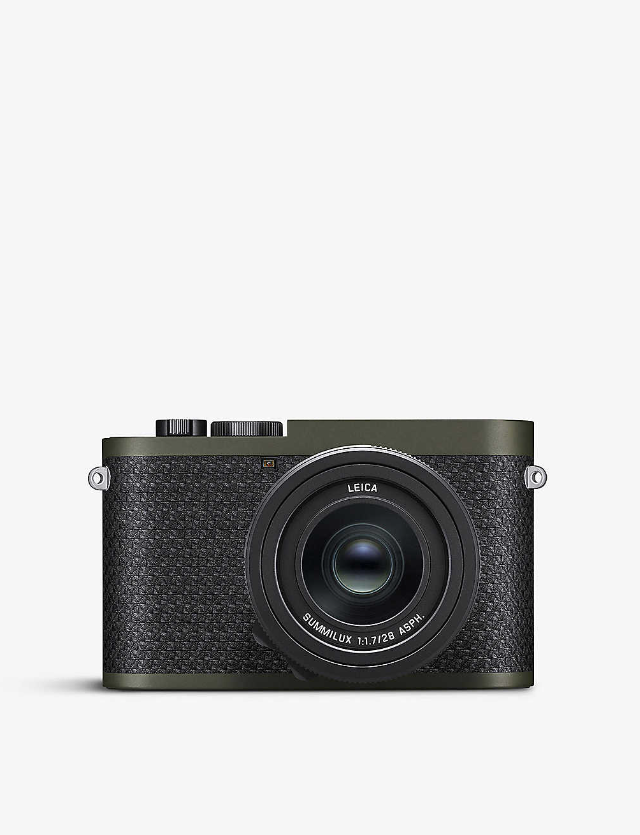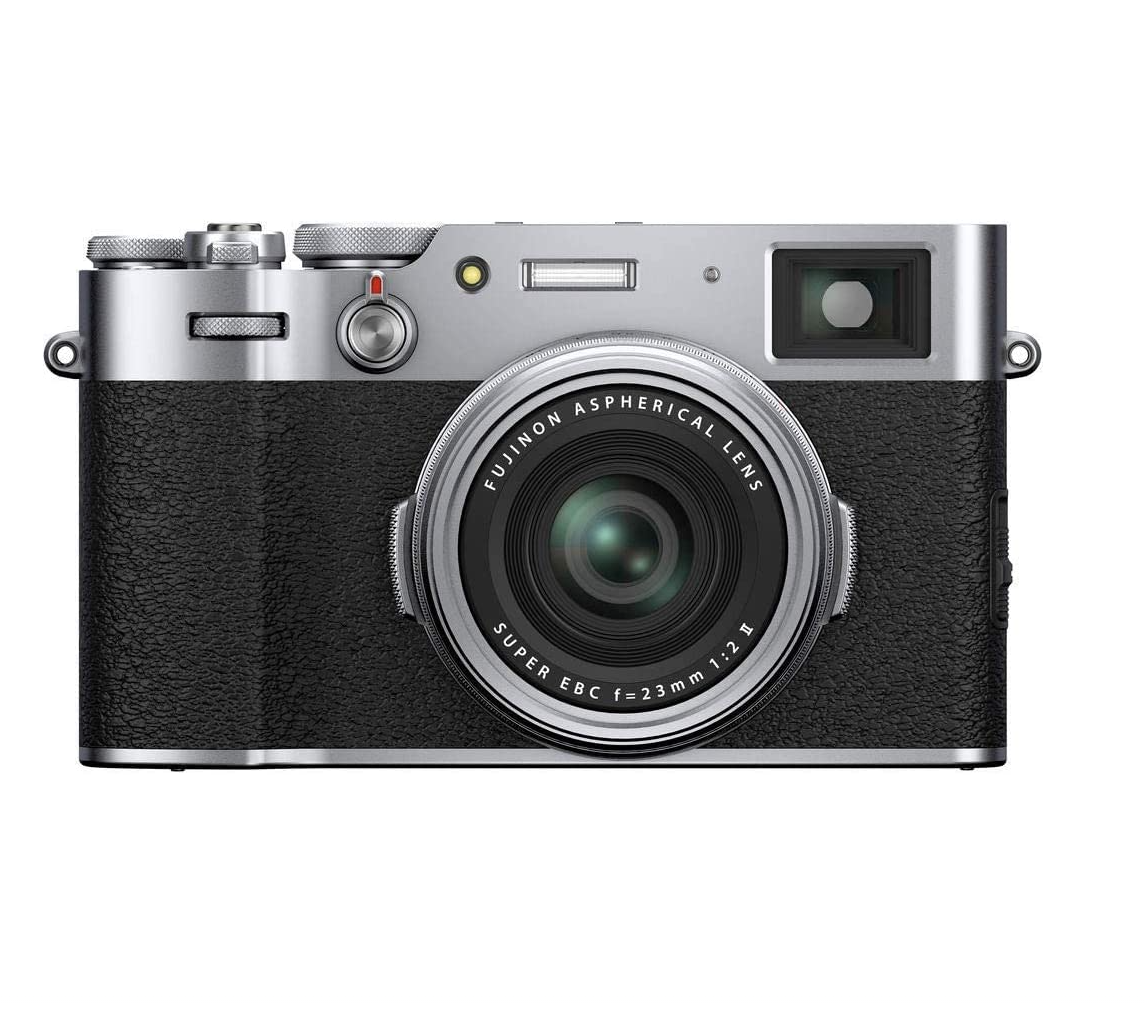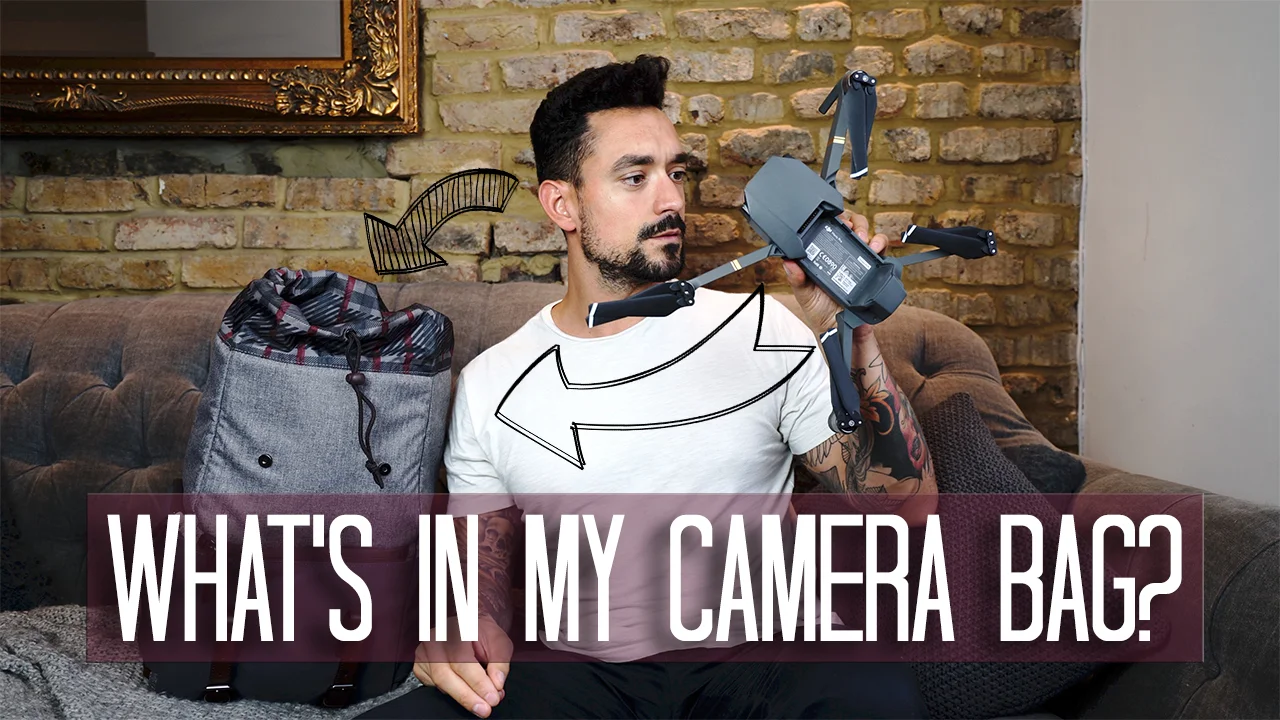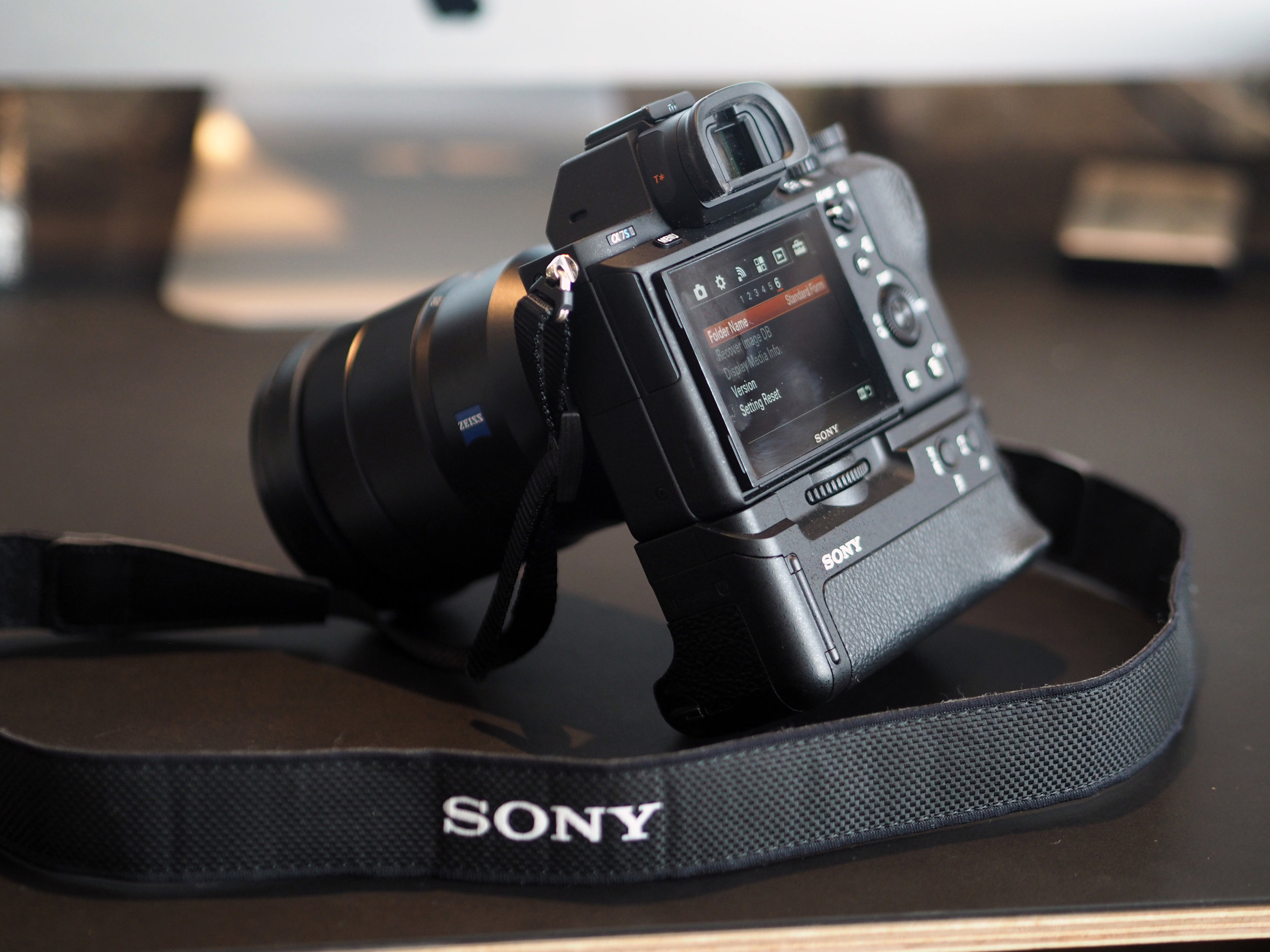Camera Comparison: Leica Reporter vs. Fujifilm X100

Photography enthusiasts and professionals alike are often faced with the dilemma of choosing the perfect camera to suit their needs. In this article, we will delve into a comparison between two highly regarded cameras: the Leica Reporter and the Fujifilm X100. While both cameras have their own unique strengths and features, they cater to different types of photographers. By examining their specifications, performance, and design, we aim to provide a comprehensive overview to help you make an informed decision.
Specifications
Sensor and Resolution: The Leica Reporter boasts a full-frame 47.3-megapixel CMOS sensor, delivering exceptional image quality with high levels of detail and dynamic range. On the other hand, the Fujifilm X100 features a 24.3-megapixel APS-C X-Trans CMOS III sensor, known for its excellent colour reproduction and low-light performance.
Lens: Leica Reporter is equipped with a versatile Leica Summilux 28mm f/1.7 ASPH lens, which captures sharp images with excellent depth of field control. In comparison, the Fujifilm X100 comes with a fixed Fujinon 23mm f/2 lens that offers a classic focal length for street photography and a wide maximum aperture for great low-light shots.
Autofocus System: The Leica Reporter employs a highly accurate and responsive autofocus system, allowing for precise focusing in various shooting conditions. The Fujifilm X100 features an advanced hybrid autofocus system that combines phase detection and contrast detection, resulting in swift and accurate focusing performance.
Performance
Image Quality: Both cameras excel in delivering impressive image quality. The Leica Reporter's full-frame sensor and high-resolution capabilities offer stunning details, while the Fujifilm X100's X-Trans sensor produces images with remarkable sharpness, colour accuracy, and low noise levels.
Low-Light Performance: Thanks to its larger sensor size, the Leica Reporter showcases exceptional low-light performance, allowing for cleaner and noise-free images even at higher ISO settings. The Fujifilm X100, however, compensates with its superb ISO performance and excellent noise reduction algorithms, enabling photographers to capture stunning images in challenging lighting conditions.
Handling and Controls: Leica Reporter embraces a classic design, providing manual controls and dials that appeal to photographers who prefer a more tactile shooting experience. In contrast, the Fujifilm X100 features a hybrid viewfinder and intuitive controls, catering to photographers who value a blend of digital and analog interfaces.
Design and Build
Ergonomics: The Leica Reporter exudes a premium feel with its robust construction, ensuring durability and reliability. Its minimalist design and compact size make it an ideal companion for photographers on the go. Meanwhile, the Fujifilm X100 showcases a retro-inspired design that pays homage to classic film cameras, while still incorporating modern elements for enhanced usability.
Viewfinder Options: Leica Reporter comes with a high-resolution electronic viewfinder (EVF) that offers a clear and immersive shooting experience. The Fujifilm X100 stands out with its hybrid viewfinder, which allows users to switch between an optical viewfinder (OVF) and an electronic viewfinder (EVF), catering to different shooting preferences.
Conclusion
In conclusion, the Leica Reporter and the Fujifilm X100 are both remarkable cameras that cater to different types of photographers. The Leica Reporter stands out with its exceptional image quality, versatile lens, and impressive low-light performance, making it an ideal choice for professional photographers who prioritise precision and reliability. On the other hand, the Fujifilm X100 offers a distinctive blend of retro aesthetics, intuitive controls, and excellent image quality, making it a popular option for street photographers and enthusiasts who value a tactile shooting experience.
Ultimately, your decision should be based on your specific shooting requirements, shooting style, and personal preferences. Whether you prioritise image quality, lens versatility, handling, or design, both cameras offer unique strengths that can enhance your photography journey. It is recommended to try out both cameras in person, if possible, to get a hands-on experience and determine which one feels more intuitive and suits your needs best. Whichever camera you choose, rest assured that you will be equipped with a powerful tool to capture stunning images and unleash your creative vision.
Main Photo by Christian Mackie on Unsplash
Founder of this eponymous blog, focusing on men's fashion & lifestyle.








